My Design process
Every design problem needs to be approached differently. I make design choices based on the research results, what the team or I require to understand. To be able to create a product that is needed, wanted but especially effective.
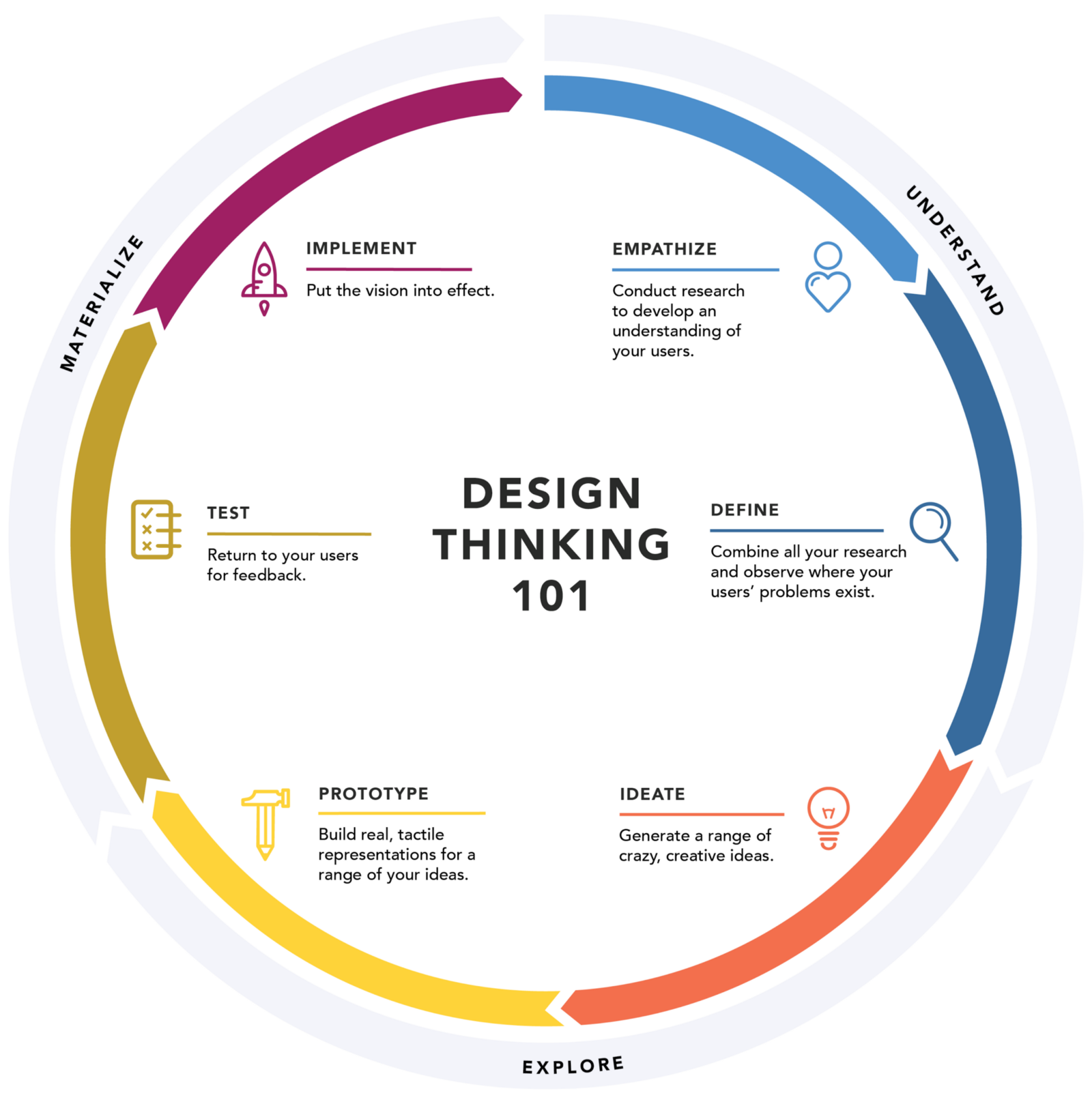
01.
Research
Involving the users to understand what their needs are...
02.
Ideations
Generating multiple ideas with the end-users, to create a fitting idea...
Prototyping
Collecting all the required ingredients to make a fitting prototype...
03.
Evaluation
Eat, sleep, prototype, ideation, research, and repeat...
04.
A four-step process with multiple sub-layer design choices
Based on the context I decide what methods are applicable for the project. These methods are not fixed and can always change depending on the information/data I receive.
1. Research
Research in my design process is collecting the correct and the right amount of puzzle pieces, to be able to put all pieces together. To see what the end-users want or what they required in their context of use.
Research methods
- Desk research
- Field research
- Empathy interviews
- Expert review
- Eye movement tracking
- Card sorting
- Usability testing
- Lo-fi Prototyping
- Fragment cards
- Thematic analysis
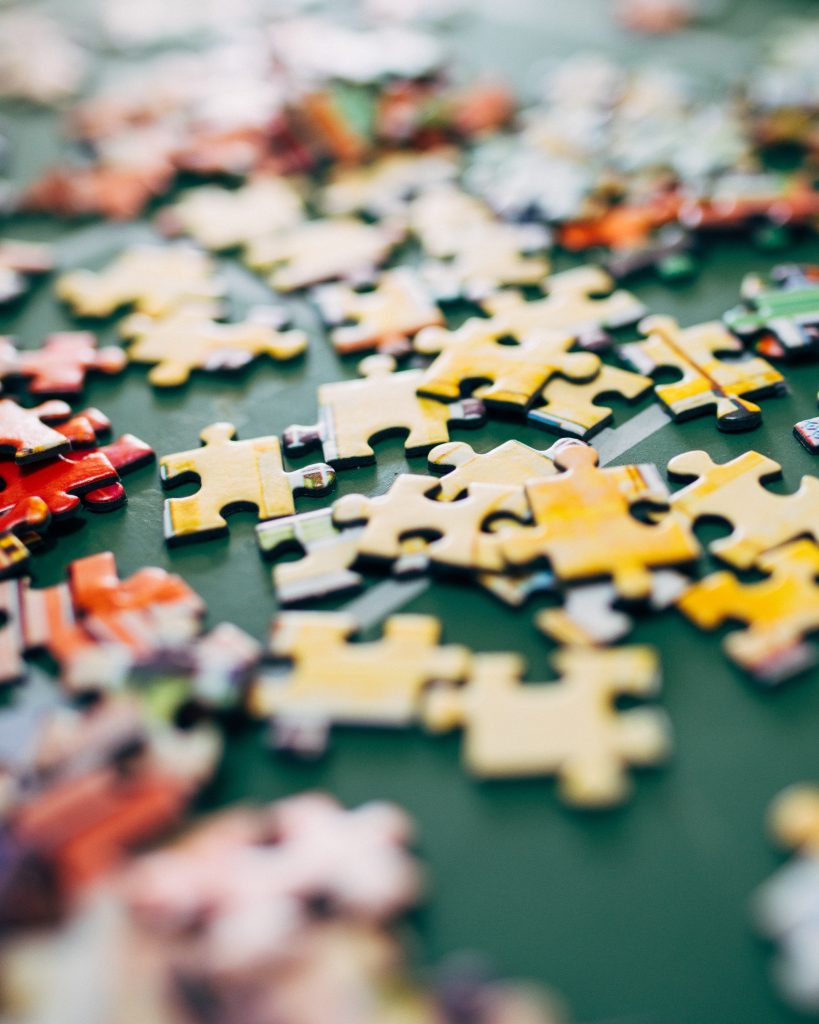
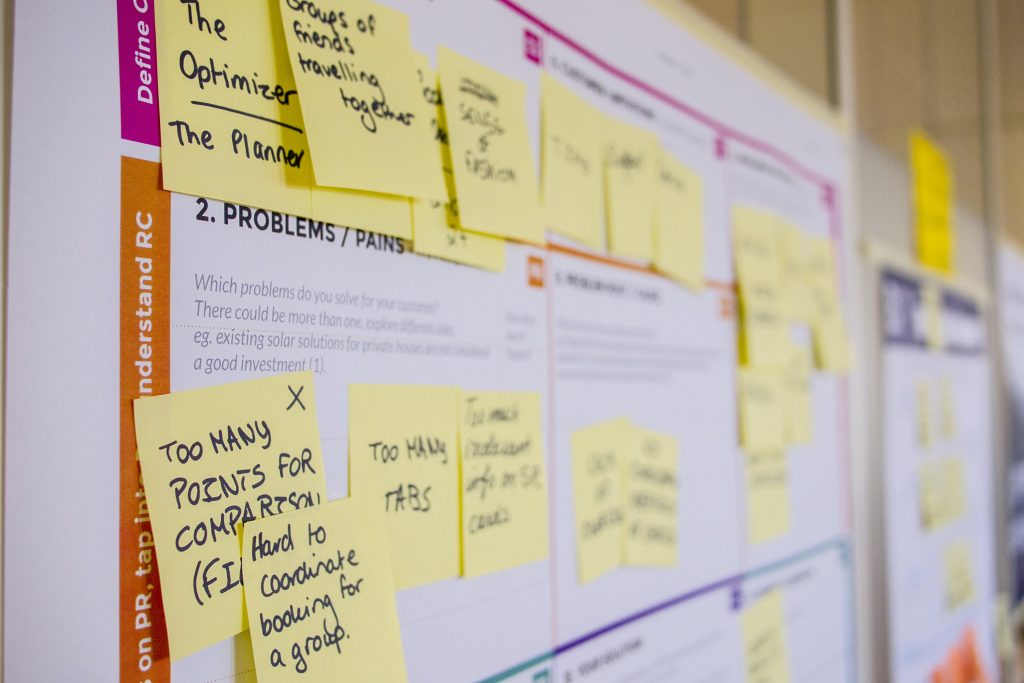
2. Ideation
The phase where I generate Ideas with the team and or the users. This is done by using one or multiple correct concept creation methods and asking the rights questions and, addressing the issues with focus on the users and their needs.
Concepting methods
- Brainstorm cards
- How might we
- Brain writing
- 10×10
- Build it, break it, fix it
- Analogy thinking
- Opposite thinking
- How now wow matrix
- Idea shopping cart
- Mash-ups
3. Prototyping
Collecting all the correct puzzle pieces and creating an experimental solution. These prototypes can vary in degrees of fidelity to capture a design concept and test it on users. I always iterate.
Prototyping methods
- Low-Fidelity
- Medium-Fidelity
- High-Fidelity
- Interactive prototypes
- Paper prototypes
- Rapid prototypes
- Evolutionary prototypes
- Incremental prototypes
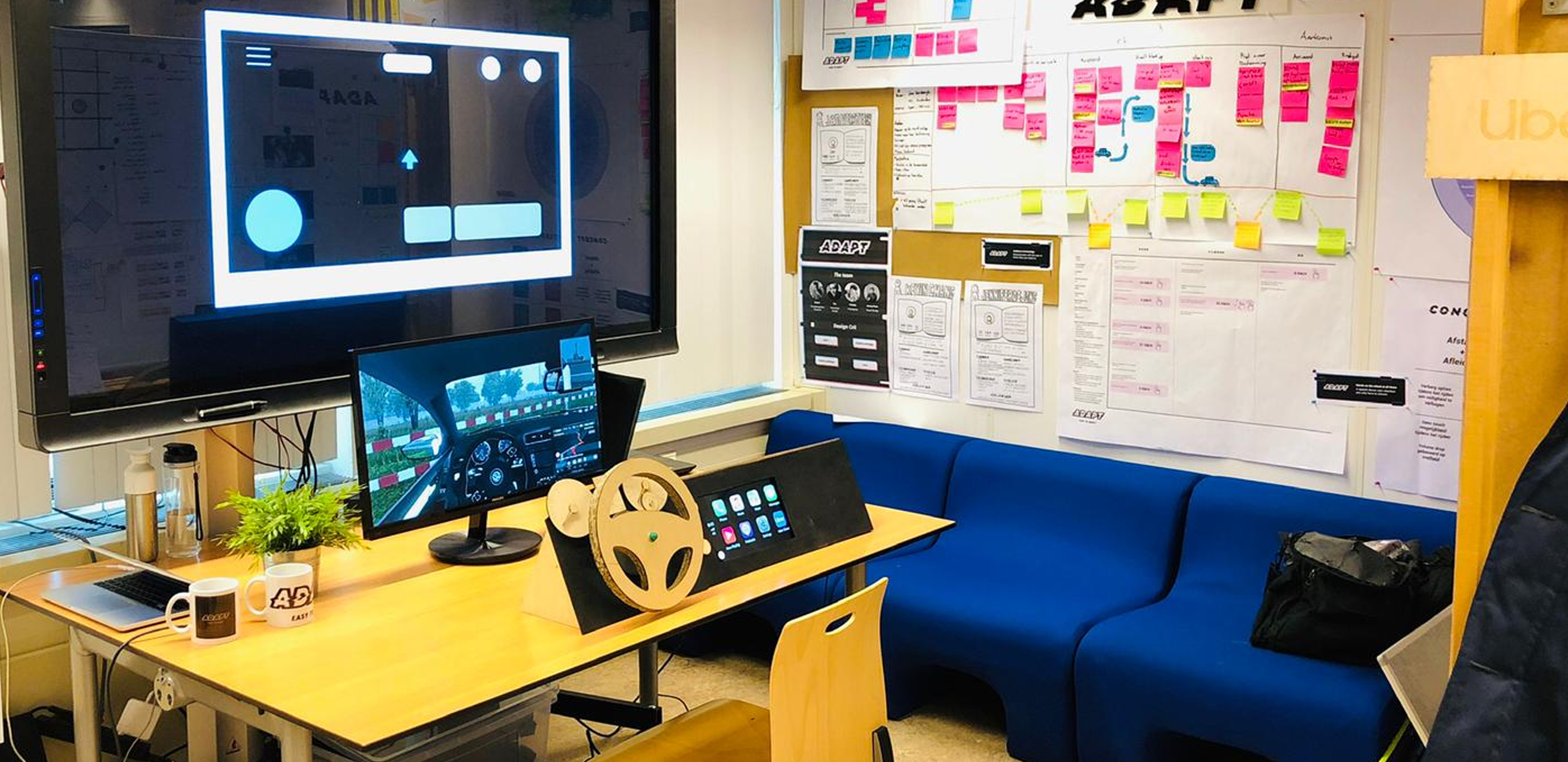
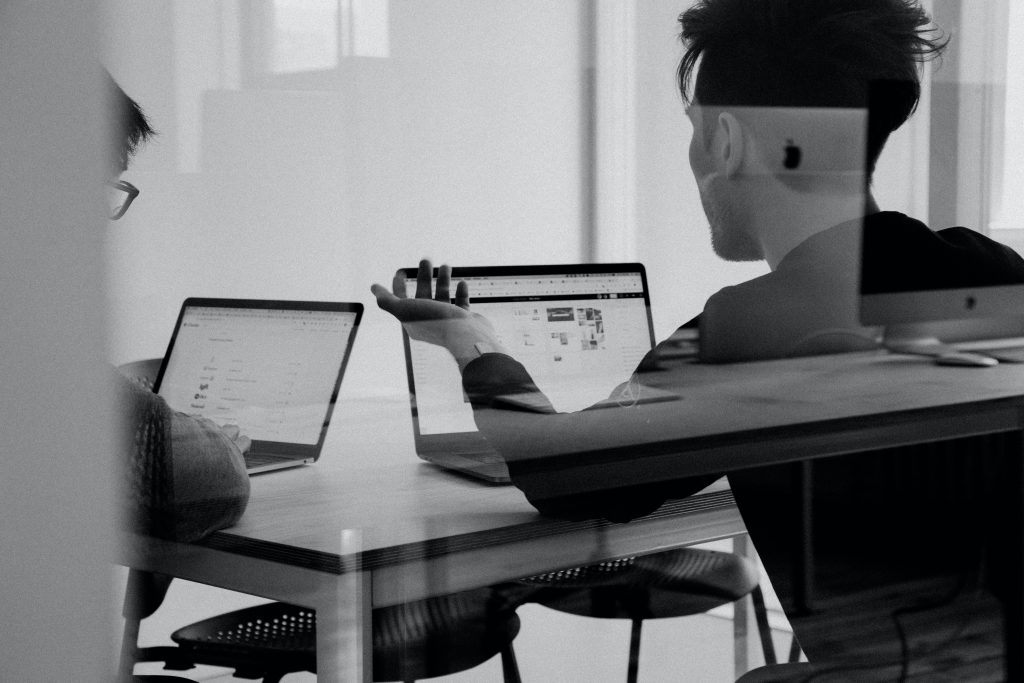
4. Evaluation
Eat, sleep, prototype, ideation, research, and repeat. Evaluation of the solution is extremely important It allows me to gain insight into how users perceive a product and how it can be improved.
Evaluating
- Usability testing
- Guerilla testing
- Lab usability testing
- Unmoderated remote usability testing
- Moderated usability testing
- Contectual inquiry
- Phone interview
- Card sorting
- Session recording
- A/B testing
Unique elements
There are a few elements in my process that are unique, but these elements shape the outcome and the results of the final product.
01.
Back to Basic
You need to understand the symptoms first to be able to cure the virus
02.
UX > UI
The function of the intestines is more important than physical appearance.
User centric
The user knows best, always included from the beginning till the end and beyond.
03.
Love it
Enjoyment, love the work, and respect the team. Then results will be achieved beyond expectations.